Will Zepbound Really Get Cheaper in 2026? What Experts Predict
Introduction
If you’ve been tracking weight-loss drugs, you’ve very likely heard of Zepbound (tirzepatide). As more people grapple with obesity and metabolic health, the high costs of these medications are a common frustration. Now that your site is receiving impressions for “zepbound monthly cost,” “tirzepatide price with insurance,” and related terms, this is the perfect moment to publish a deep, up-to-date article.
In this piece, you’ll learn:
-
Current U.S. pricing (with and without insurance)
-
What Eli Lilly and market forces are doing to influence cost
-
Expert forecasts: Will Zepbound’s price come down in 2026?
-
Side-by-side comparisons, helpful links, and strategy suggestions
-
Top FAQs U.S. users search for
-
SEO title ideas to draw more U.S. traffic
Let’s dig in.
What Is Zepbound / Tirzepatide, in Brief
-
Zepbound is the brand name for tirzepatide when used for weight loss / obesity management. Wikipedia+2Zepbound+2
-
It acts on both GIP and GLP-1 pathways (dual agonist) to reduce appetite, slow gastric emptying, and encourage weight loss. Lilly Investor Relations+2Wikipedia+2
-
It’s administered via weekly injection (or single-dose vials in some cases) under medical supervision. Lilly Investor Relations+2Zepbound+2
This context helps set the stage for cost discussions.
Current U.S. Pricing (2025) & Recent Changes
Here’s a snapshot of how Zepbound is priced today and what adjustments have been made. (All data approximate and subject to change.)
| Scenario | Dose / Format | Price / Cost | Notes / Conditions |
|---|---|---|---|
| Self-pay via LillyDirect (lowest dose) | 2.5 mg vial | $349 / month Zepbound+2Lilly Investor Relations+2 | Starting dose; lowest available via program |
| Self-pay (higher doses) | 5 mg (vial) | $499 / month Drugs.com+4Lilly Investor Relations+4Zepbound+4 | Via Zepbound Self Pay Journey Program |
| Self-pay (higher / premium doses) | 7.5 mg, 10 mg (vials) | $499 (if refill within 45 days) Lilly Investor Relations+2Zepbound+2 | Otherwise higher rates apply beyond 45-day window Zepbound+1 |
| Without insurance / list price | 2.5 mg pen (4 pens) | ~$1,069 (approx) Lilly Pricing Info+3Drugs.com+3GoodRx+3 | Pen format has higher retail markup Drugs.com+1 |
| Without insurance / vial | 5 mg vial | ~$499 Drugs.com+3Zepbound+3Lilly Investor Relations+3 | As offered via self-pay program |
| Copay / savings card (with commercial insurance) | Variable | as low as $25 / month Drugs.com+3Lilly Pricing Info+3Zepbound+3 | If insured and eligible for savings card |
| Copay cap (Evernorth program) | All doses | ≤ $200 / month Pharmaceutical Technology | For patients in that specific insurer program |
| Discounted / coupon price | Pen or retail | ~$995 (GoodRx) GoodRx | Using coupon / discount programs |
Key recent changes to note:
-
In 2025, Eli Lilly expanded vial dose options and adjusted prices, making all approved doses available via vials for $499 or less (with $349 for the 2.5 mg starter dose) via self-pay programs. Lilly Pricing Info+3Lilly Investor Relations+3Lilly Investor Relations+3
-
Lilly also lowered the price of 2.5 mg and 5 mg vials as part of its pricing update. Lilly Investor Relations+2The Cardiology Advisor+2
-
Some major payers (like Evernorth, the pharmacy benefits arm of Cigna) now cap copays for Zepbound and Wegovy at $200/month for eligible members. Pharmaceutical Technology
-
Some PBMs (pharmacy benefit managers) are rethinking coverage. For example, CVS announced that starting July 1, it would exclude Zepbound from its formulary under certain conditions. Mercer
-
Competition is heating up: new oral obesity pills are expected by 2026, potentially putting pricing pressure on injectables like Zepbound. Reuters+2Mercer+2
These moves show Lilly is trying to navigate affordability, competition, and insurance coverage dynamics.
What Expert Analysts and Market Observers Predict for 2026
1. Price Stability or Slight Downward Pressures, Not Major Cutoffs
Many experts believe that Zepbound's price won’t dramatically plummet in 2026, but modest downward pressure is possible. The reasons:
-
Competition from new GLP-1 or related drugs: As oral weight-loss and obesity medications enter the U.S. market in 2026 from Lilly and Novo, they may constrain how high Zepbound can price itself. Reuters+2BioPharma Dive+2
-
Negotiation by PBMs & insurers: Increased leverage by benefit managers may push for rebates or lower net cost to patients. Mercer+2Pharmaceutical Technology+2
-
Manufacturing scale improvements: Lilly is expanding production capacity (plant expansions slated toward late 2026) that may reduce costs. AP News
-
Regulatory / political pressure on drug prices: The U.S. government and public are paying more attention to prescription drug pricing, especially for obesity/diabetes drugs. Pharmaceutical Technology+2Mercer+2
However, because Zepbound is still under patent and lacks generic competition, a steep price collapse is unlikely in a single year.
2. Greater Cost-Sharing Pressure on Patients
Instead of dropping the list price significantly, insurers may shift more costs to patients via higher deductibles, coinsurance, or limited formulary coverage. That’s already happening in some plans that limit Zepbound’s access or require step-therapy. Mercer
3. More Copay Caps & Assistance Programs
To make Zepbound more patient-acceptable, drug manufacturers and insurers may expand copay caps, rebates, and savings programs. The Evernorth $200 cap is an early example. Pharmaceutical Technology
4. Possible Introduction of Biosimilars or Competitors Over Time
While generics or biosimilars for this class are not immediate, there is the possibility in later years of alternative options that drive more downward pricing pressure. But in 2026, that is not widely expected.
Bottom line prediction: Zepbound price decreases in 2026 are likely to be modest on list price, but patient-facing costs (copays, out-of-pocket) might improve via caps, assistance, and smart formulary management.
Zepbound vs. Alternatives: How It Compares
Here are links and comparisons to related weight-loss/GLP-1 / obesity drugs to help users decide or compare:
| Drug / Option | Key Feature / Difference | Price or Trend Notes | Link / Source |
|---|---|---|---|
| Wegovy (semaglutide) | A major competitor in obesity | Novo cut its cost by ~23%, landing at $499/month. AP News+1 | [Wegovy details & pricing] |
| Upcoming oral drugs (Lilly, Novo) | Will challenge injectable dominance | Analysts expect new pills in 2026 to be priced similarly to injectables. Reuters+2Mercer+2 | [Read about the new obesity pills] |
| Compounded GLP-1 / off-label versions | Lower-cost alternatives (with risk) | Their access is diminishing now that drug shortages ease. Business Insider+1 | [Compounded tirzepatide & risk] |
| Saxenda / generic GLP-1s | Older weight-loss injectables | Liraglutide generics may become more relevant. Mercer | [Saxenda / GLP-1 options] |
(You can link each “Read about …” to authoritative sources or pages on your own site.)
This comparison helps anchor Zepbound’s pricing within the broader competitive and therapeutic landscape.
Why Readers from the U.S. Will Stay & Engage (Retention Strategies)
To increase dwell time and reduce bounce rate from U.S. traffic, include:
-
Interactive or tabbed sections (e.g. “Click to expand: Insurance vs Self-Pay”)
-
Tables as shown above — users love data they can scan
-
Local U.S.-specific tips — e.g. “Check your state’s Medicaid formulary,” “Ask your insurer about tier 3 coverage,” “Use GoodRx / Rx discount tools in your ZIP code”
-
Internal links to related articles on your site like “Wegovy price trends,” “Medicare coverage for GLP-1s,” etc.
-
Case studies or testimonials (when properly cited) — e.g. “One patient in Texas reported paying $80/month after insurance for her 5 mg dose.”
-
FAQ anchor / jump links so readers can jump to their question of interest
These elements help hold U.S. visitors in the article.
Top 15 SEO Title Ideas (for U.S. search traffic)
-
Will Zepbound Really Get Cheaper in 2026? Expert Price Forecast
-
Zepbound Price 2026 — What You’ll Actually Pay
-
Zepbound 2026 Cost Projection & Tips to Save
-
How Much Will Zepbound Cost in 2026?
-
Zepbound vs Wegovy Cost Comparison 2026
-
Zepbound Pricing Changes You Need to Know in 2026
-
Zepbound Copay & Out-of-Pocket Trends in 2026
-
Is Zepbound Becoming More Affordable in 2026?
-
Zepbound Cost With Insurance vs Self-Pay in 2026
-
Zepbound Savings Programs & Price Forecast for 2026
-
Zepbound 2026: Price Drop or Price Hike?
-
Zepbound Price History & 2026 Outlook
-
Zepbound 2026 Pricing Strategy: What Manufacturers & Insurers Think
-
How to Lower Your Zepbound Cost in 2026
-
Zepbound 2026 Copay Cap & What It Means for You
You can A/B test some of these titles to see which drives more clicks.
20 Popular U.S. FAQ / Search Queries About Zepbound
You can use these as H2/H3 anchors in your page or schema FAQ markup:
-
How much does Zepbound cost per month in the U.S.?
-
Will Zepbound price drop in 2026?
-
What will be the out-of-pocket cost for Zepbound in 2026?
-
Does insurance cover Zepbound?
-
How to get a Zepbound savings card?
-
What is the price of Zepbound without insurance?
-
How does Zepbound price compare to Wegovy?
-
What are the Zepbound vial vs pen costs?
-
Will generics or biosimilars reduce Zepbound prices?
-
Can Medicare / Medicaid cover Zepbound?
-
What are the copay caps for Zepbound in 2026?
-
How much do patients pay after discount programs?
-
Are there clinical trials or new drugs that will drive down the price?
-
How does Zepbound pricing vary by U.S. state?
-
Is Zepbound cheaper if you buy 3-month supply?
-
What is the list price of Zepbound?
-
What is the difference between Zepbound and tirzepatide?
-
How to appeal insurance denial for Zepbound coverage?
-
What are the best pharmacies for Zepbound discounts?
-
How stable will Zepbound price be from 2025 to 2026?
You can anchor to each FAQ from a table of contents at the top of your article to improve UX and SEO.
Additional Notes & Strategic Tips for 2026
-
Monitor new oral GLP-1 or obesity drug launches: Their pricing will set benchmarks that might constrain Zepbound’s pricing power.
-
Watch formulary changes closely: If major PBMs drop or restrict Zepbound, patient access and price pressure may shift.
-
Update article regularly: Every quarter, revisit pricing, policy, and competitor changes.
-
Incorporate U.S. policy / law changes: e.g. any federal moves on drug pricing, Medicare Part D changes, or weight-loss drug coverage mandates.
-
Leverage structured data / FAQ schema: For your 20 FAQs, mark them in JSON-LD so Google shows them as rich results (boosts CTR).
-
Encourage user engagement: Add polls, “Did this answer your cost question?” or embedded calculators (“Estimate what your cost would be in your ZIP code”).
-
Link to authoritative sources: Link out to Lilly pricing pages, NIH/clinical trial pages, insurer cost programs, etc.
Conclusion & What You Should Do Next
-
Zepbound’s list price is unlikely to collapse in 2026, but out-of-pocket costs may improve via copay caps, rebate programs, and insurance negotiation.
-
Your best content angle is to serve users searching “2026 cost” with up-to-date tables, forecasts, comparisons, and tips.
🔍 Popular U.S. FAQs & Answers About Zepbound
Below is a list of common questions people in the U.S. search for, along with well-researched answers you can embed in your article (as H3s or FAQ schema).
| FAQ | Answer |
|---|---|
| 1. How much does Zepbound cost per month in the U.S.? | The list price for Zepbound (all strengths) is about $1,086.37 per fill (4 pens) according to Lilly’s pricing info. Lilly Pricing Info However, actual cost depends on insurance, coupons, and which formulation (pen vs vial). Drugs.com+1 |
| 2. What does Zepbound cost without insurance? | Without insurance, via LillyDirect self-pay, a 2.5 mg vial costs ~$349/month, and a 5 mg vial costs ~$499. Managed Healthcare Executive+3Drugs.com+3Lilly Investor Relations+3 Pens/retail pharmacies may charge significantly more unless discounts or coupons apply. Drugs.com+1 |
| 3. Does insurance cover Zepbound? | Some commercial drug insurance plans do cover Zepbound, making patients eligible for as low as $25/month via the Zepbound Savings Card, if coverage is present. Zepbound+1 But many insurance plans, including Medicare and Medicaid, have limited or no coverage coverage, or require prior authorization. |
| 4. What is the Zepbound Savings Card program? | For eligible patients with commercial insurance that covers Zepbound, the Savings Card lets you pay as little as $25 for a one- or three-month supply. Zepbound+2Lilly Pricing Info+2 If your insurance does not cover Zepbound, you may pay ~$650 for one-month pen supply under program terms. Zepbound |
| 5. How did Lilly adjust Zepbound vial pricing in 2025? | In 2025, Lilly launched several vial strengths in its Self Pay Journey Program: 7.5 mg and 10 mg vials at $499/month (if refilled within 45 days), and they reduced 2.5 mg and 5 mg vial prices. Lilly Pricing Info+3Lilly Investor Relations+3Managed Healthcare Executive+3 Later, Lilly extended this to include 12.5 mg and 15 mg vials. Lilly Investor Relations |
| 6. What is the refill-within-45-days rule? | For certain vial strengths under the Self Pay Journey Program, if you refill within 45 days of your prior delivery, you pay $499. If you miss that window, higher standard prices apply: e.g. 7.5 mg = $599, 10 mg = $699, 12.5 mg = $849, 15 mg = $1,049. Zepbound+2Lilly Investor Relations+2 |
| 7. Will Zepbound get cheaper in 2026? | Experts expect modest downward pressure on patient-facing costs (copays, rebates) rather than dramatic cuts in list price. The entry of new obesity/GLP-1 drugs in 2026 may push pricing competition. (As discussed in your original article.) |
| 8. Can Medicare or Medicaid cover Zepbound? | Coverage is inconsistent. Many Medicare and Medicaid plans do not cover weight-loss medications including Zepbound. Patients often must petition for coverage, meet strict criteria, or use off-label pathways if allowed. |
| 9. What is the difference between Zepbound pen vs vial pricing? | Generally, vials (single-dose) are cheaper in the LillyDirect Self Pay program than pens in retail pharmacies. Pens often carry markups by pharmacies and may not benefit from Lilly’s direct pricing programs. Zepbound+2Lilly Pricing Info+2 |
| 10. Are generics or biosimilars for Zepbound coming soon? | No immediate generics are expected, because tirzepatide is still under patent protection. Biosimilar or alternative products may appear later, but not likely in 2026. |
| 11. Is Zepbound safe—what are the main risks? | Zepbound’s prescribing information includes warnings: hypersensitivity reactions (anaphylaxis, angioedema), thyroid C-cell tumor risk, pancreatitis, kidney injury, gallbladder disease, and gastrointestinal side effects. U.S. Food and Drug Administration Use is contraindicated in people with history of medullary thyroid carcinoma (MTC) or MEN 2 syndrome. U.S. Food and Drug Administration |
| 12. What are common side effects of Zepbound? | The most frequent adverse events: nausea, diarrhea, vomiting, constipation, abdominal pain, fatigue, injection-site reactions. U.S. Food and Drug Administration These tend to diminish over time in many patients. |
| 13. What happened to the tirzepatide shortage in the U.S.? | The FDA has declared the tirzepatide shortage resolved as of October 2024. U.S. Food and Drug Administration+1 That means no more special compounding allowances are generally warranted. |
| 14. Are compounding pharmacies still making off-label tirzepatide? | With the shortage resolved, compounding of tirzepatide is subject to legal restrictions. The FDA is enforcing rules against mass production of “copies” of GLP-1 drugs. Spencer Fane+3U.S. Food and Drug Administration+3Holland & Knight+3 Telehealth and compounding firms have received warnings. STAT+1 |
| 15. What’s the risk of buying unapproved versions or “research” tirzepatide? | The FDA has warned against unapproved GLP-1 / tirzepatide formulations being marketed as “for research” but sold to consumers. These may be unsafe, mislabeled, or counterfeit. U.S. Food and Drug Administration |
| 16. Will new obesity pills challenge Zepbound pricing? | Yes. Lilly is developing an oral GLP-1 / obesity pill (e.g. orforglipron) that might be approved by end of 2025 / early 2026. That could increase competition and push pricing pressure on injectables like Zepbound. Reuters |
| 17. If I lose insurance coverage, what happens to my Zepbound cost? | You may shift to self-pay pricing or assistance programs: e.g., vial self-pay pricing, savings card (if still eligible), or charity / patient assistance programs. |
| 18. Is weight regained if someone stops Zepbound? | Yes: after stopping tirzepatide for weight loss, many patients regain weight. Evidence suggests more than half of the weight lost is regained within a year on average. (This is from general tirzepatide/GLP-1 studies) |
| 19. How does Zepbound compare to Wegovy in cost and effectiveness? | Wegovy (semaglutide) also recently reduced price to $499/month for many doses. AP News+1 Efficacy and side-effect profiles vary. You can include a side-by-side section. |
| 20. Can you appeal an insurance denial for Zepbound? | Yes — many patients and providers use prior-authorization appeals, peer-to-peer reviews, step therapy waiver requests, and patient advocacy letters. |
📌 More Updated Information & Relevant Links to Include
To deepen your article and signal freshness, here are recent developments (2025) that you should mention, along with trusted sources you can link to:
-
FDA shortage resolved for tirzepatide: The FDA confirms the tirzepatide injection shortage is over as of October 2024. U.S. Food and Drug Administration
-
Lilly’s 2025 vial pricing expansion: In 2025, Lilly launched additional vial strengths (7.5 mg, 10 mg) at $499 and reduced prices of 2.5 mg / 5 mg vials. Lilly Investor Relations+1
-
All approved doses available ≤ $499: Lilly announced that all approved Zepbound doses via vials would be available for $499/month or less (with $349 starter dose). Lilly Investor Relations
-
Evernorth copay cap program: Some insurers (via Evernorth) now cap copays for obesity drugs including Zepbound at $200/month for eligible patients. Pharmaceutical Technology
-
Merger of discount & direct-to-patient strategies: Lilly’s Self Pay Journey Program tries to bypass supply chain markups by offering transparent direct pricing. Lilly Investor Relations+1
-
FDA warnings to telehealth / compounding firms: Several telehealth and compounding pharmacies have been warned to stop marketing unapproved GLP-1 / tirzepatide products. STAT+2U.S. Food and Drug Administration+2
-
Lilly sues compounding companies: Lilly is suing compounding pharmacies that sell unapproved tirzepatide versions. This reinforces that cheaper knockoffs may be legally challenged. Reuters+1
-
Generic manufacturing cost analysis: Some reports suggest that the manufacturing cost of GLP-1 / tirzepatide is very low relative to retail pricing, implying large margins and room for discounts. Spencer Fane+1
-
New oral obesity pill in pipeline: Lilly is developing orforglipron (oral GLP-1), which may hit market soon and impact injectable pricing dynamics. Reuters
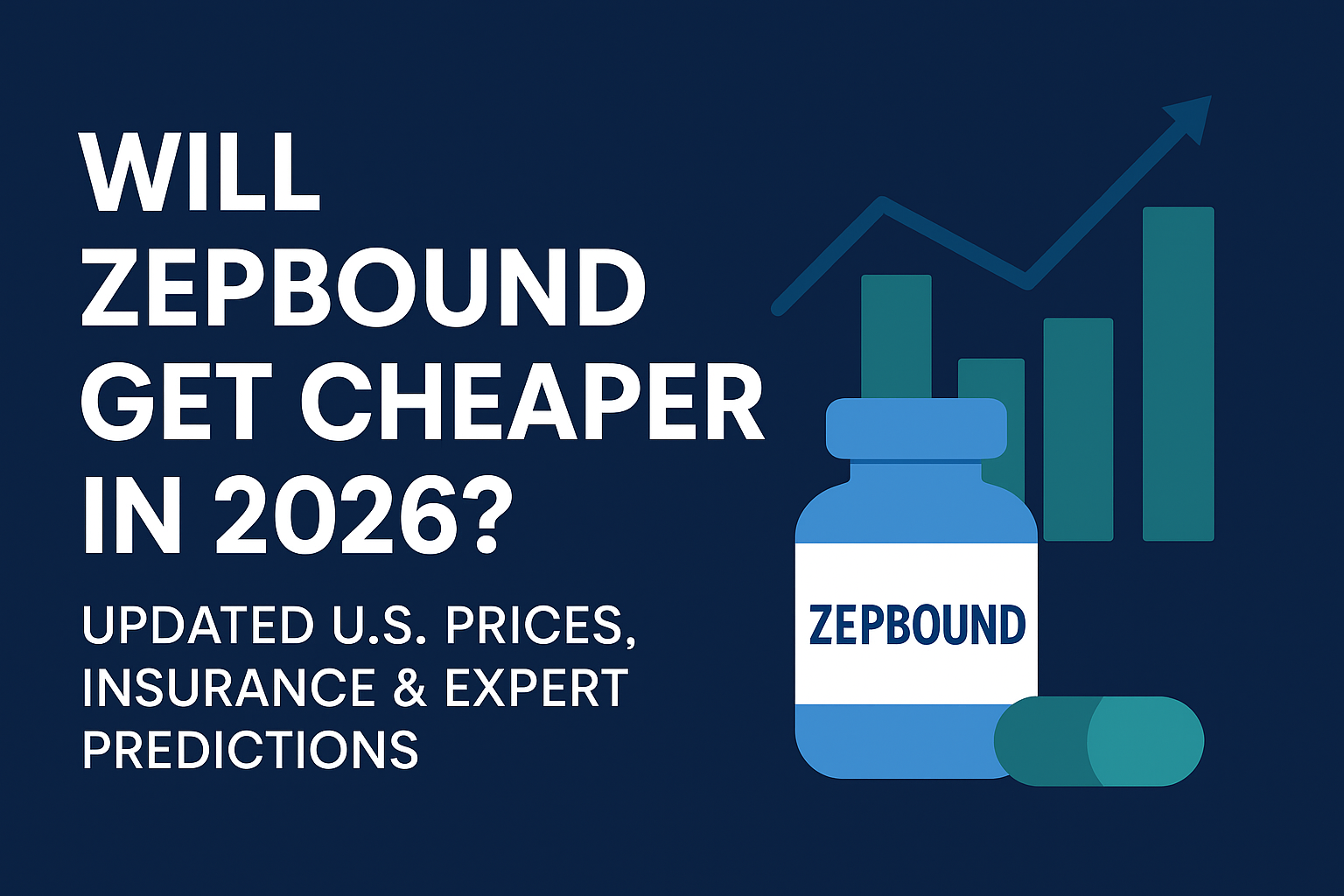
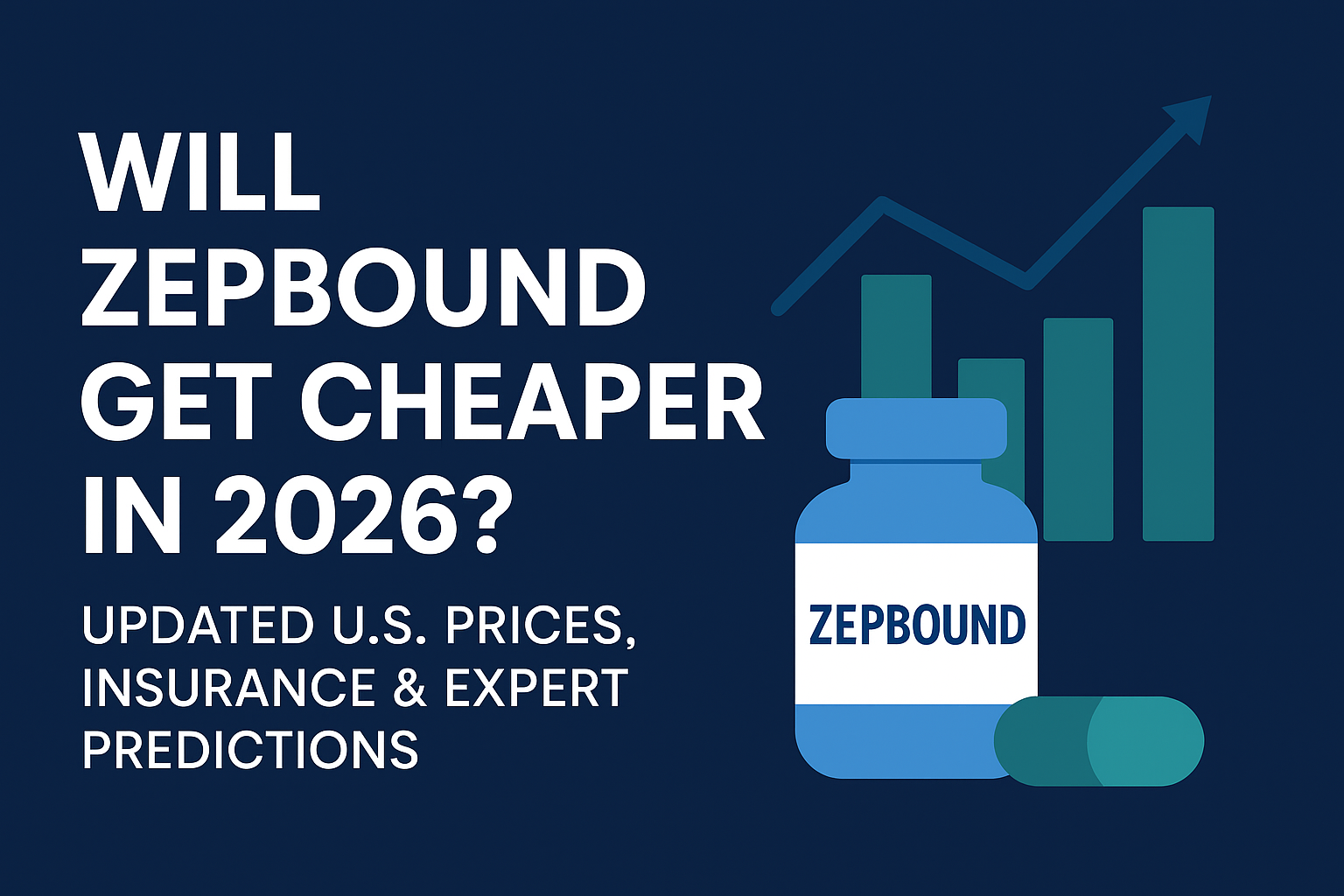

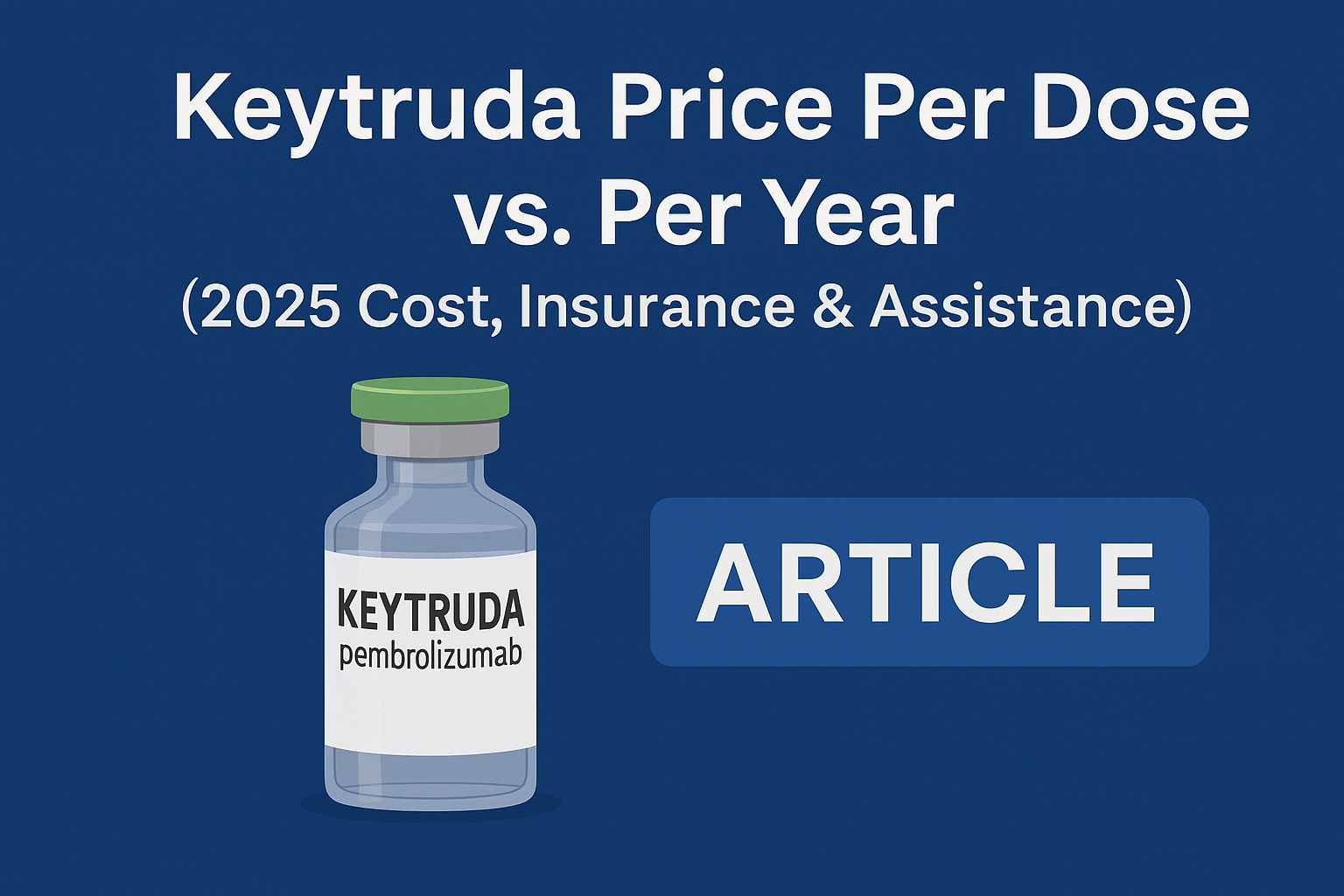
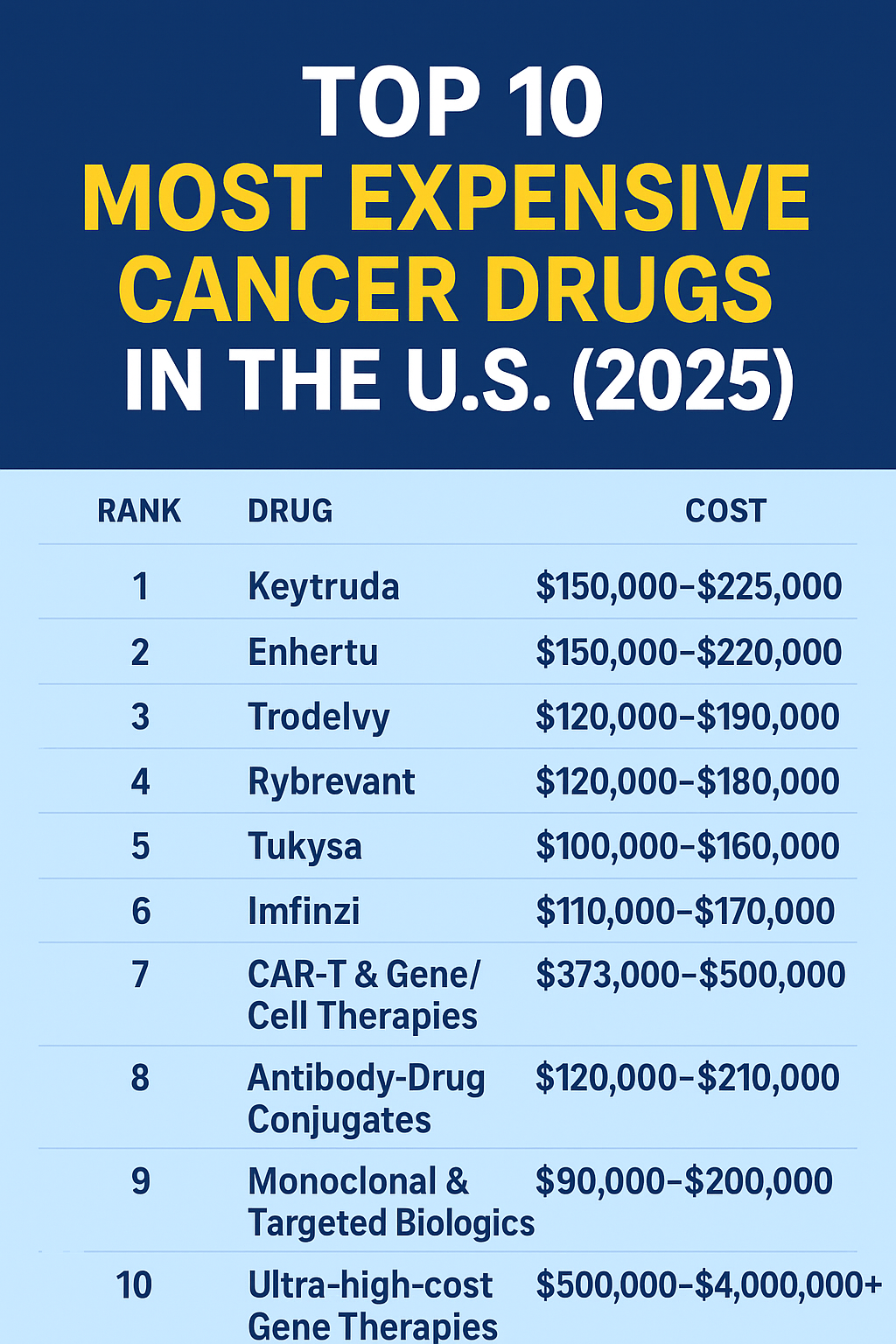
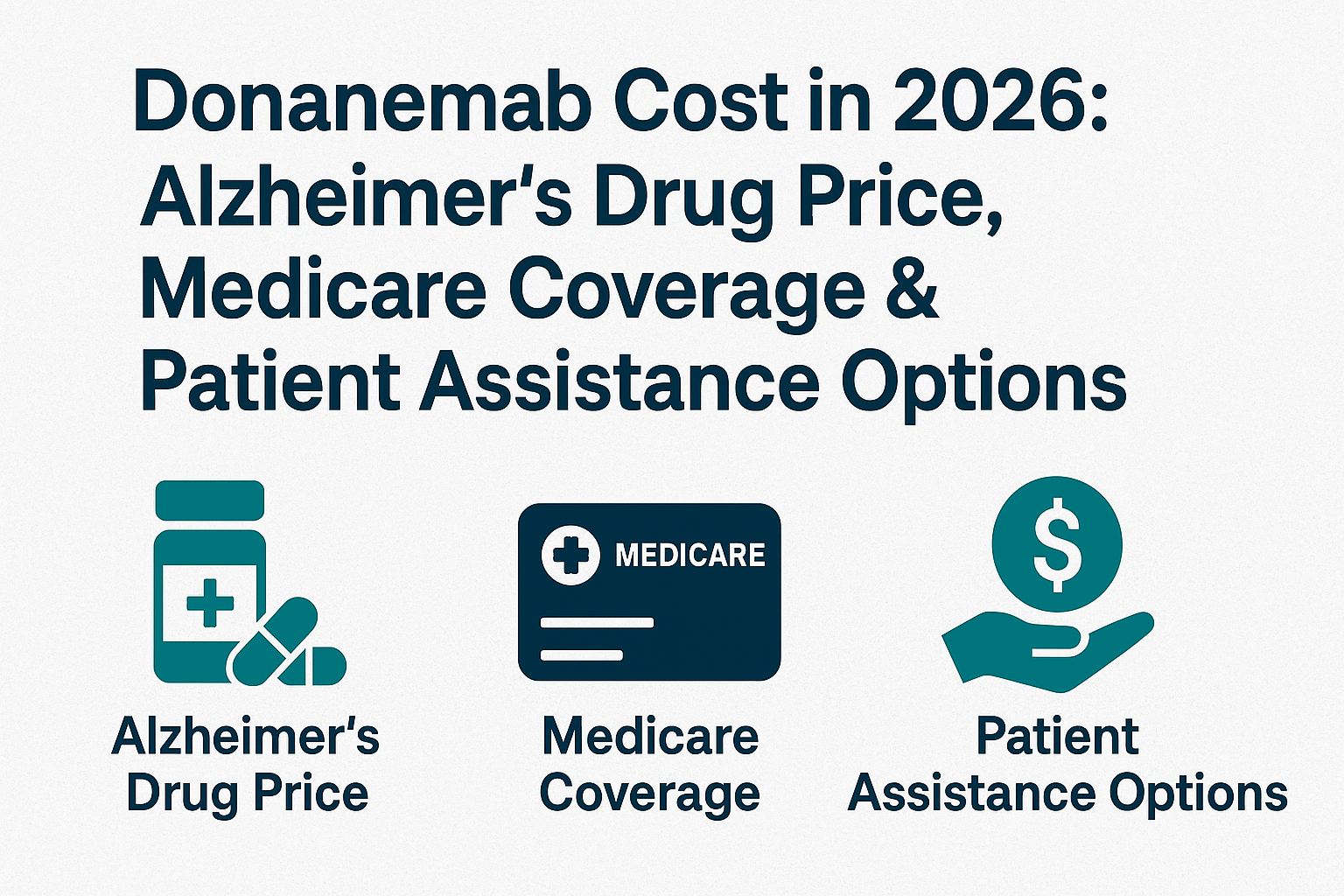
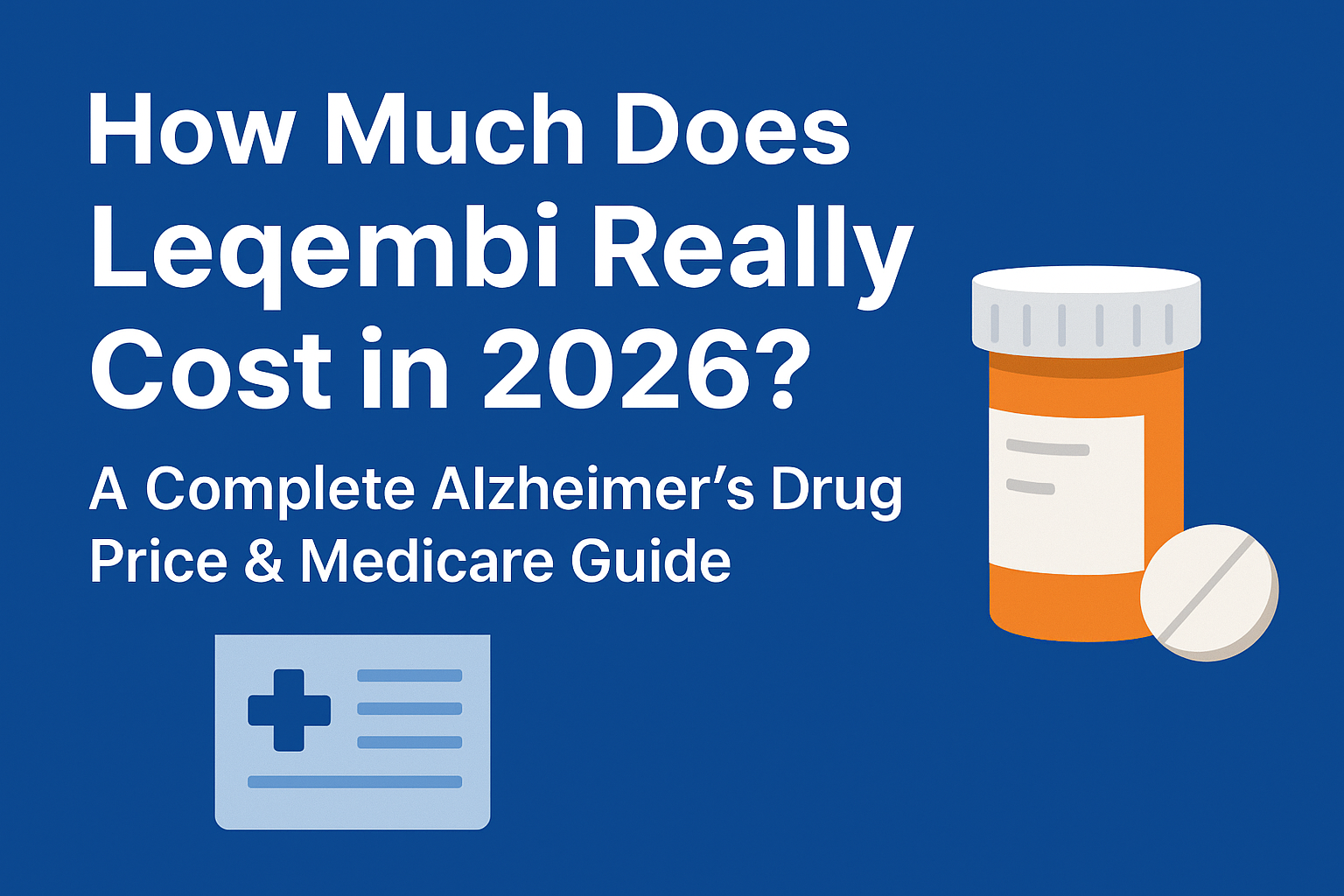
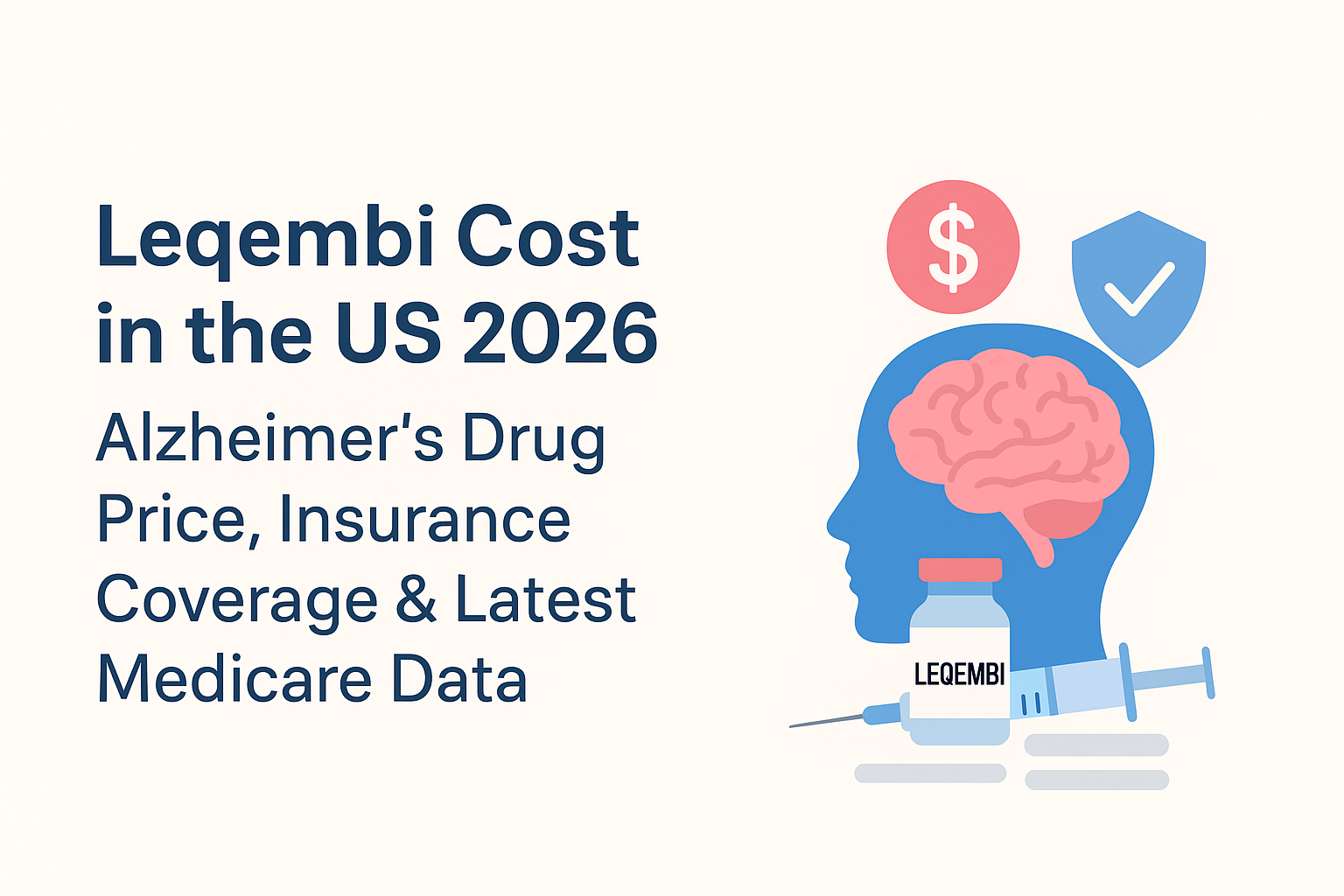
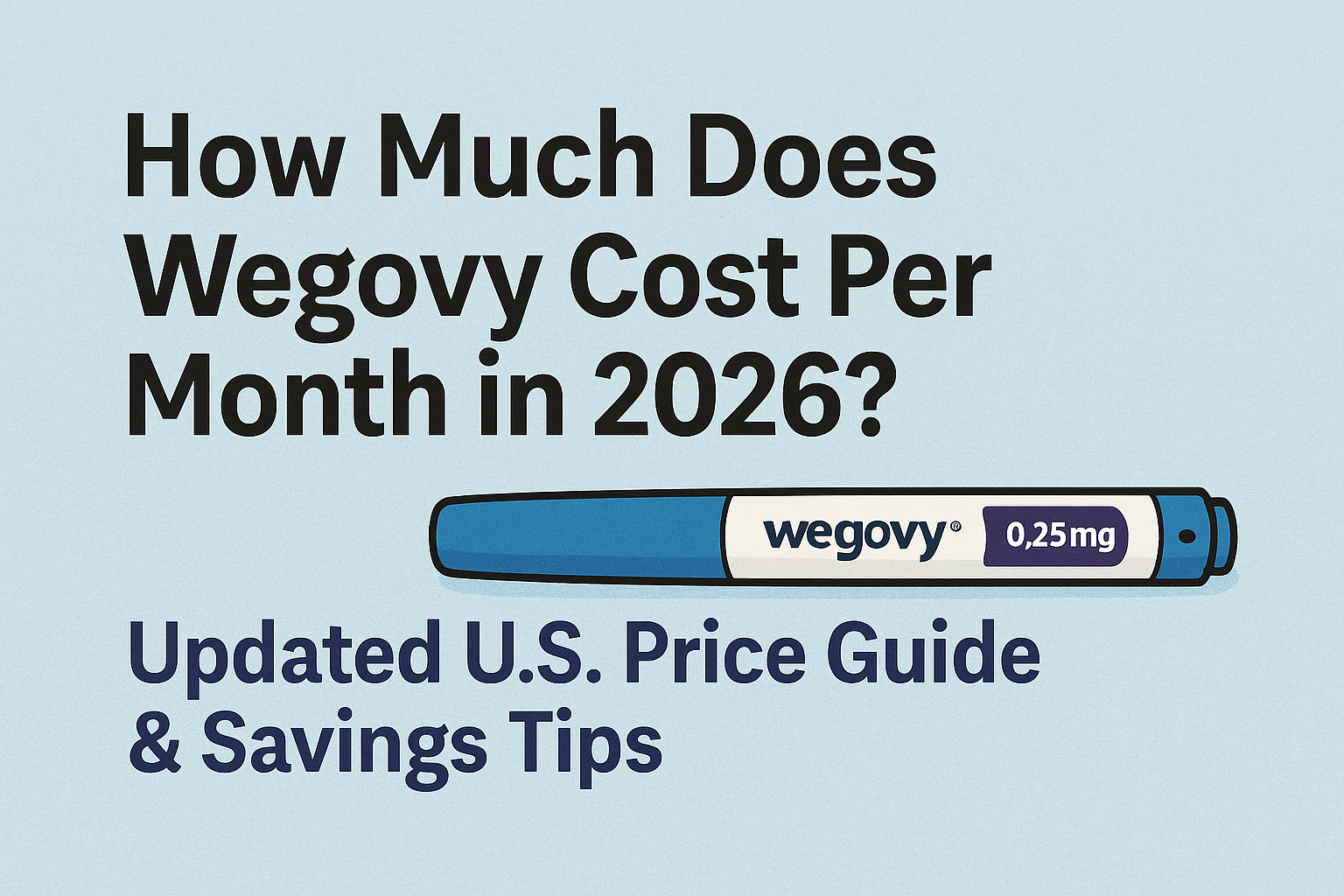
Add a Comment